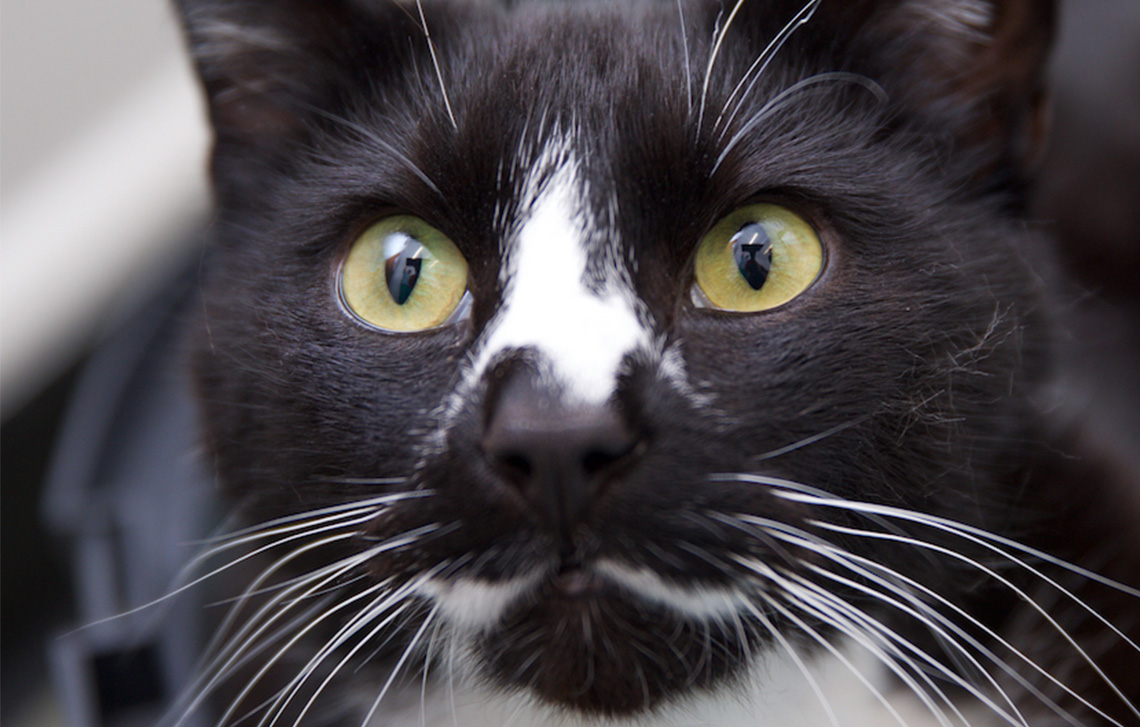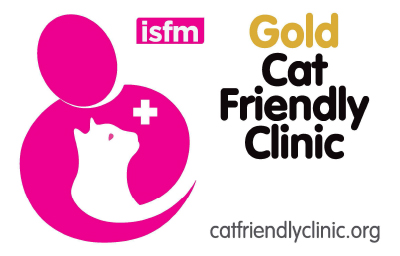
Spring is approaching and many owners are preparing for ‘flea season’! BUT it is really important to use products recommended for your cat and for his/her weight. Most importantly, do not be tempted to use a dog product on your cat. Unfortunately poisoning in cats is quite common. A common poisoning that you may not… Read more »
Spring is approaching and many owners are preparing for ‘flea season’! BUT it is really important to use products recommended for your cat and for his/her weight. Most importantly, do not be tempted to use a dog product on your cat.
Unfortunately poisoning in cats is quite common. A common poisoning that you may not be aware of as a pet owner is Permithrin poisoning.
It is an insecticide found in spot-on flea treatments for dogs. It is fat soluble so absorbed into the body via application over the skin or through ingestion. It is metabolised by the liver, but cats are unable to break down this chemical.
Permethrin can be used of many other animals without being toxic, however cats are hypersensitive to this. It is mainly found in high concentrations in dog flea/tick products but can also be found in smaller amounts in ant powders or fly sprays, although not as high of a risk.
Often the cause of poisoning is due to a permethrin product being applied to the cat or through close contact with recently treated dogs (via ingestion; grooming). Many people are not aware of the toxicity and therefore mistakenly apply dog products in smaller doses to the cats too. But unfortunately even by applying small amounts of this dog product, it is highly toxic to cats.
If a dog is treated within the same house as a cat, it should be separated for at least 72 hours.
Permethrin poisoning can be life-threatening, causing seizures, twitching, disorientation, salivation and muscle tremors. Sadly many cats will need to be put to sleep or die due to this type of poisoning. Immediate veterinary treatment is crucial to alleviate suffering and to try to save the patient.
There is no antidote for this type of poisoning and treatment is usually by supportive methods to help alleviate the signs and prevent suffering.
Treatment (sometimes over several days) includes:
- Supportive care: Fluid therapy, good nursing care, keeping the patient at a suitable temperature
- Washing the product off the skin with warm water and a mild detergent to stop further absorption. In some cases it is advisable to apply a buster collar to prevent further grooming if it was applied directly onto the cat.
- Seizure/tremor control: The use of sedatives/general anaesthetic, muscle relaxants
- Intravenous Lipid infusions; a more recent treatment used in severe cases to help reduce the toxicity by removing the permethrin from tissues within the body.
For other types of poisoning in cats please see our previous blog:







